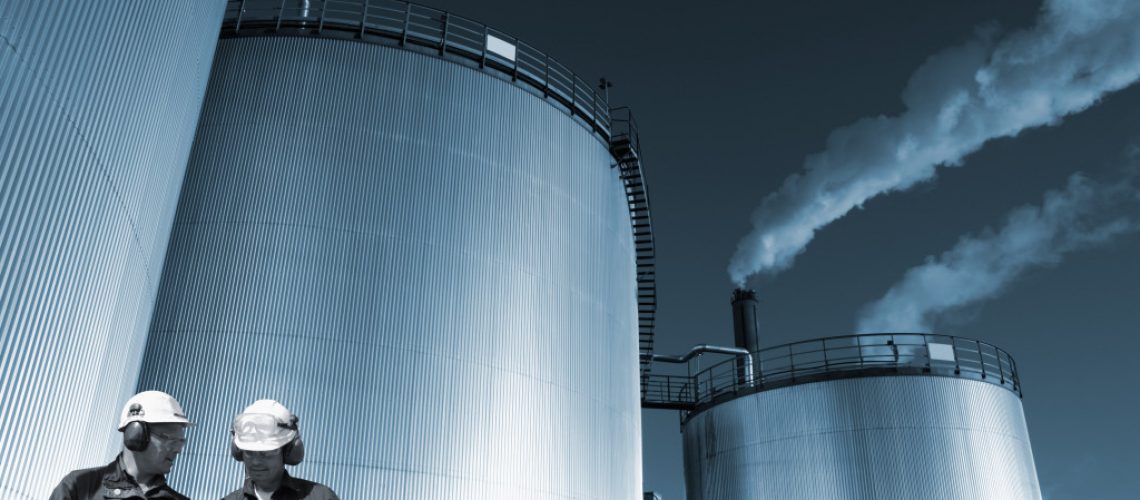When the pandemic started over a year ago, demand for petroleum went down. This caused a decline in oil prices. An increase in production at the start of April also contributed to this situation, with several US industries pausing to stem the increase in the number of cases across the country.
The situation led the Organization of the Petroleum Exporting Countries (OPEC) to cut production to its lowest level since 1991. With increasing prices, the US increased its production as the economy started to recover following the partial reopening of businesses in May 2020.
Even as around 160 million Americans are already fully vaccinated, the US oil industry faces challenges that can affect it in the foreseeable future. Here are the challenges that the industry has to deal with.
Cleaner and Cheaper Energy
With an increasing global population, the energy demand will also increase. But increasing production will not address this situation as the demand for clean energy will also increase. The consumption of renewable energy went up for the fifth straight year in 2020 and was the only energy source whose demand went up in the same year.
In this situation, the industry should look for ways to reduce emissions and exert more effort in producing cleaner energy. It should also work towards the goal of achieving net-zero emissions by 2050. The International Energy Agency (IEA) said this would require considerable work in the next decade or so. In response to this target, the sale of electric cars has increased in Europe. But the same cannot be said in the United States as sales have declined during the pandemic.
The move for a greener environment also received a boost after the US government shifted its focus on clean energy policies. It means the industry will work on calibrating itself to become a leader in achieving the net-zero carbon target by 2050. This comes after the US rejoined the Paris climate accord recently. With this, oil companies should focus on producing clean energy while reducing the cost of their products despite having limited control of the market.
Meeting the Demand
Another challenge that the industry should tackle is meeting the demand in the market. The industry should invest a good amount of money in meeting the growing energy demand. Its main obstacle is increasing capital costs. The industry has underinvested since 2015 and needs to increase its investment to satisfy the needs of consumers.
Aside from maintaining its supply, the industry should also increase its production capacity. This is a considerable challenge, and the industry should handle the situation properly to allow it to keep up with the demand. If not, the market will see higher oil prices if the supply cannot keep up with the demand.
Work on the Pipelines

With the demand for oil continuing to go up, the industry should step up and replace aging pipelines with new industrial piping to move oil safely to refineries. Replacing the old pipes can facilitate the efficient transport of oil across the country and reduce instances of stress on the pipelines.
Replacing the old pipes may be necessary as there is a moratorium on the construction of new pipelines. While these new pipes would reduce the stress on existing installations, construction activities were suspended, particularly on the Keystone XL oil pipeline. In this situation, the industry will have to find another way to transport oil from the oil fields to the refineries.
It should also be noted that the majority of oil is transported through pipelines. Aside from the pipeline, oil companies also transport their commodity through rail or truck. If the deadlock on the construction of new pipelines continues, the industry will have to transport oil through rail or trucks. And it may affect prices since the cost of transporting them through rail and truck is higher compared to transporting them through a pipeline.
Better Cash Flow
Even as the oil demand increases, 13 oil companies may face profitability issues as Standard & Poor’s placed them on downgrade watch. This comes as several big oil companies filed for bankruptcy in the middle of the pandemic. These companies included Lonestar Resources US Inc. and Oasis Petroleum Inc.
Cash flow issues have plagued many oil companies after the pandemic started. These companies will have to assure their investors that they will receive a return on their investments. They will also have to keep costs and spending down to remain profitable and entice more investors in the industry.
The oil industry in the US is starting to recover, but it still faces some challenges that may affect its future as an industry.

